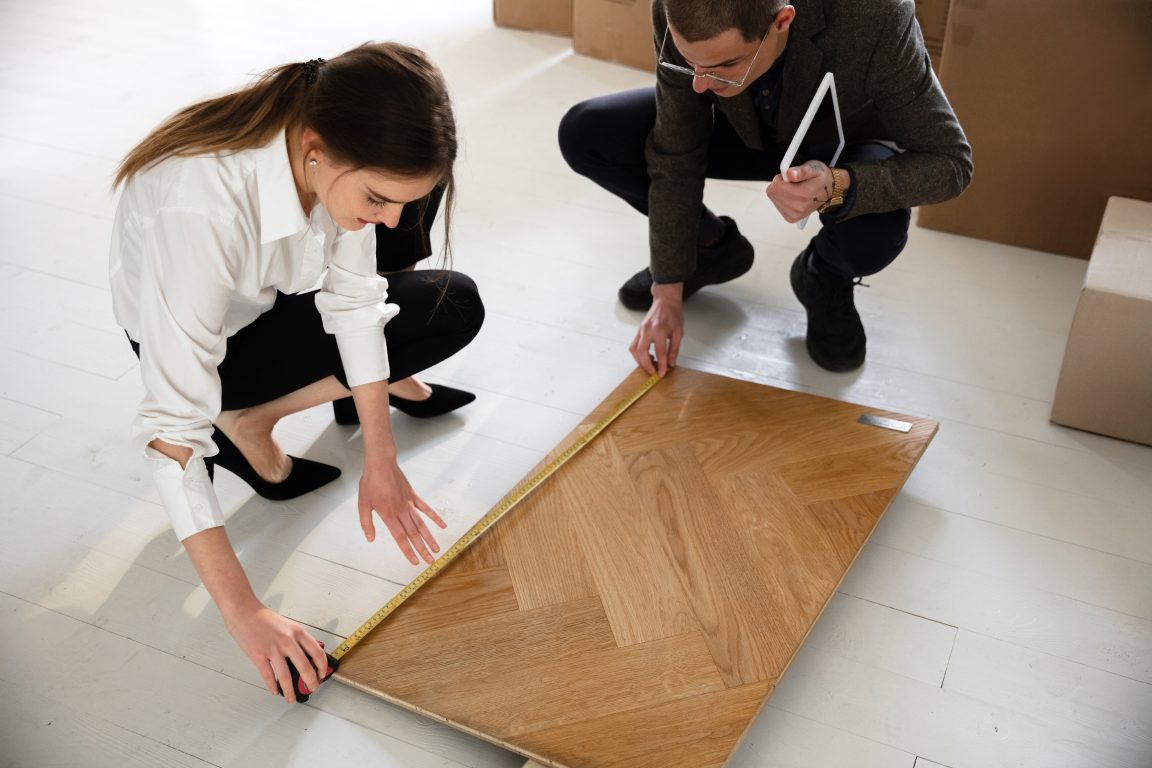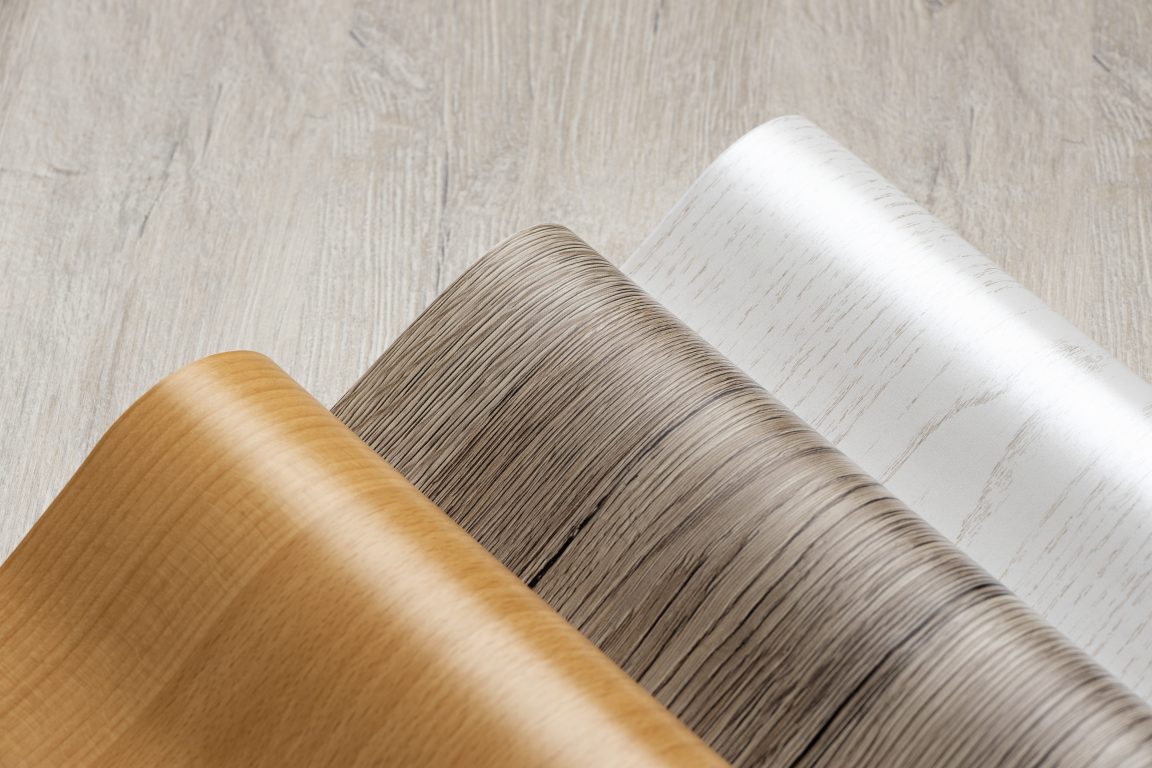- +971 50 735 0694
- info@wadiadanelectromechanical.com

Putting in PVC floors is an incredible approach to upgrade your home or workplace space with solid, low-maintenance flooring. Whether you’re DIY savvy or a professional flooring installer, this guide will furnish you with the means to accomplish an impeccable establishment. In this article we’ll cover everything from preparing the subfloor to final cleanup, ensuring success and longevity of your PVC flooring installation.
Here are some of its advantages:
Before starting your installation, gather the following tools and materials:
Subsequent accomplishment of installing PVC floors heavily depends upon how well one prepares their subfloors. Here’s what needs doing:
Sweep away all debris dust from previous floor covering materials; then use pH-neutral cleaner on a broom having stiff bristles for good measure too!
Identify high/low spots by checking bars level across them – grind down any raised parts later if necessary but only after filling up lower ones using self-leveling compounds as directed.
Ensure that your vinyl sheets get acclimated within rooms’ temperature humidity levels for at least 48 hours before laying them down; this will help avoid expansion/contraction problems later on.
To find the total area, measure the length and width of the room. Take note of any obstructions and decide how to lay out the flooring.
Measure the length and width of the room to determine the total area. Consider any obstacles and plan how the flooring will be laid out.
Start installing your flooring from the longest wall and work your way across to the opposite side. Leave an expansion gap around the edge so that there is space for natural movement of your floor.
Underlayment provides padding, sound absorption, and additional support for PVC floors.
Ensure that you choose underlayment suitable for use with PVC flooring. Follow manufacturer’s instructions when installing this material.
Overlap seams by several inches as you roll out underlayment. Stick or tape it down onto subflooring beneath.
Once the subfloor is ready and underlayment has been laid down, you can start putting in place PVC flooring.
Begin at the longest wall by laying the first plank directly above the chalk line ensuring it is straight across and aligned properly. Use spacers to keep expansion joints between planks even along the entire perimeter of the installation area.
Click planks together so that they lock into each other. Use a tapping block with rubber mallet if necessary for tighter fitment. Stagger end joints randomly throughout layout for a more realistic look overall.
Continue placing rows next to one another until all have been covered except last row which may need trimming by utility knife or saw blade then using spacers on walls again keeping consistent width apart from them somewhere near where last full row would be placed before cutting final smaller sized piece needed off said larger sheet goods used during remainder process prior completion being reached height-wise along baseboard areas having been previously addressed but not yet finished completely around entire room perimeter.

Once all planks have been laid down, attend to finishing touches for professional appearance.
Use T-molding or reducer strips at doorways and thresholds. Install these so that they span gap between different types of flooring materials while also providing smooth transition from one surface level to another without tripping hazard occurring there between them when walking across said area.
Trim any excess underlayment along walls where baseboards are being installed. Secure quarter-round molding along baseboard edges as desired with recommended adhesive caulk and ensure proper cure time according to manufacturer’s instructions before attempting to clean up further after completion being reached height-wise along said areas having been previously addressed but not yet finished completely around the entire room perimeter.
Remove spacers left behind at walls during the installation process. Use pH-neutral cleaner on floor surface following label directions for best results in removing stubborn dirt or adhesive residue if present. Scrub brush with nylon bristles may be used during this step if necessary to help break down and lift away tougher-to-remove substances from flooring material itself such as certain types of glues commonly used when installing over concrete substrates etc.. Ensure floor is thoroughly dried afterwards prior considering job done complete overall here within this section included herein as FAQ component part thereof.
Installing PVC flooring is a straightforward process that can dramatically enhance the look and functionality of your space. By following this step-by-step guide, you can achieve a professional result that combines style, durability, and ease of maintenance. Whether you’re upgrading your home or office, PVC flooring is a smart choice for a fresh and new appearance.
For more information on PVC flooring and other flooring solutions, visit Wadi adan.

We provide a complete range of Mechanical, Electrical, Plumbing and Fire Protection & Detection services, Air conditioning and ventilation, Electrical, Plumbing, and Low current system.
© 2024 AdanGroup | All Rights Reserved